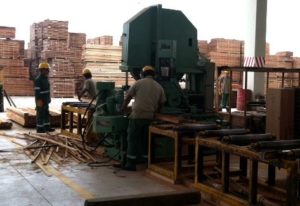
This may comes as a shock to many of our North American readers but did you know that 4/4 lumber is not the most popular thickness worldwide? Most of the world prefers a thicker cut of lumber. We have asked many of our mills why this is and no one answer seems to fit the bill. As best we can tell it is a market perception. Maybe Europeans have stockier buildings. Certainly many historical architectural styles call for beefier lumber and this may be a driving factor. Thicker lumber behaves better in a wetter climate too. Whatever the reason, Europe and Asia prefer to buy 8/4 and thicker lumber.
When a major percentage of the total lumber percentage you sell is request in 8/4 and thicker then you make a lot of it. Additionally, sawing 4/4 lumber takes more labor and more of the log is lost to sawing waste. It seems like a win/win scenario. Lots of demand for the product, faster production, and less waste in the process.
Now I can hear your objections,
“North America is one the largest if not the largest buyer of hardwood lumber. Don’t we have the ability to dictate the market?”
We definitely buy and use a lot of hardwoods and many mills have North American production runs where they will set up to saw 4/4 material. This ends up being a losing proposition for the mill in the long run. Sawing 4/4 lumber produces lower quality common grades. This is due to sawing closer to the edge of the log producing wider sapwood incursions, and the thinner stock is not as stable throughout drying and transport.
Americans are a lot more discerning about the quality of lumber we will accept. We want it clear and FAS equivalent whereas Europe and Asia are more apt to accepts lumber with defects and Common grades. In every log there is a percentage of clear lumber and percentage of common. While the mill may be able to sell the common material to the European market, if it is sawn to 4/4, you have even more common lumber that you will not be able to sell. As any woodworker knows you can take off wood but you can never add it back on. So the lumber mills just end up sawing 8/4 and thicker material. This difference of market usage can cause real problems.
Another example of the market difference is that many US door and window companies don’t use 4/4 because it is too thin, but 8/4 is too thick. The added labor and high volume of waste makes 8/4 impractical so new markets have been created for 5/4, 6/4, and 7/4. The same impracticality can be extended to 10/4 lumber. Because the rest of the world is perfectly happy with 8/4, 12/4 and 16/4 lumber, we are stuck with the same problem where the mills can saw for our specifications but are then left with huge amounts of waste in the common grades that no one will buy.
So what is the upshot of all of this? Unfortunately it means that 4/4, 5/4, 10/4, etc thicknesses will either be harder to get or the prices will rise.
The reality is that there is no shortage of these thicknesses
(I admit it, the title was a hook to get you, my dear reader, to pay attention)
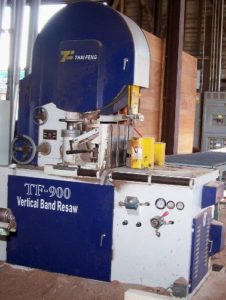
The demand for the thinner lumber has not waned but increased. Sapele is an outstanding exterior wood and a very attractive alternative to Genuine Mahogany. Additionally it is about half the price. However, when we, the importer, is buying this lumber, we have buy the thicker, more globally demanded, stock. If we insist on thicknesses to match our customer demands we can get it, but then we are forced to buy the entire log stock including all the non clear grades because the mill cannot sell that. So our customers are then presented with a few options:
- We buy thinner lumber but have to absorb the cost of the common lumber we can’t sell, thus inflating the price of the FAS quality.
- We buy only FAS thicker lumber and have to resaw it to meet your dimensions, adding to turnaround time and labor so the cost goes up.
If you look closely you will notice in the 5/4 and 10/4 thicknesses the price will actually be more than 6/4 and 12/4. This is a direct reflection of the added costs to process this lumber. The added work and cost is going to happen somewhere in the supply chain. Either the mill, the importer, or the buyer will have to make it up somehow. So the decision is where do you place the value and who do you want to absorb the cost. Some don’t have any other option and must rely on the sawmill or the importer to perform this labor. Others have resaw capabilities or have a use for common grades. For this later bunch is it more valuable to you to handle the added labor yourself to best control costs or is it better to just have it done by a trusted supplier.
In summary, if our market continues to demand thinner lumber we have to figure where to plug in the extra cost somewhere in the supply chain. J. Gibson McIlvain is prepared to work with our customers to place that labor/cost where you will find it most advantageous.



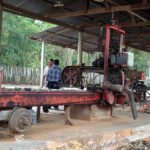
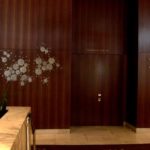
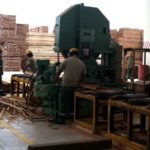
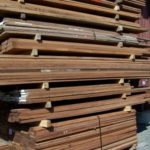


Leave a Reply